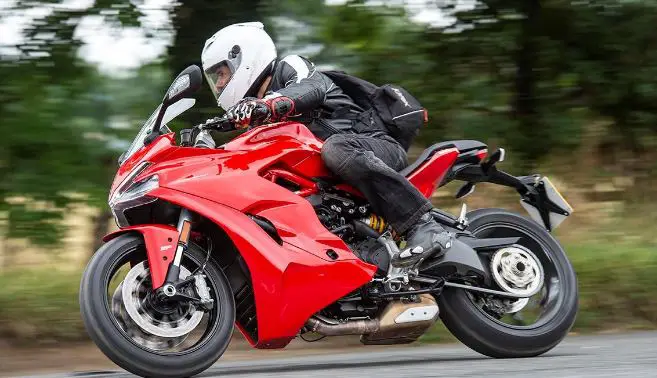California boasts thousands of miles of picturesque coastline, deserts, and forests. For example, the Pacific Coast Highway is probably the most popular road trip in California, loved by bikers and other motorists alike. Also, with the year-round stunning weather, it should come as no surprise that the Golden State has one of the biggest populations of motorcyclists in the nation.
Motorcyclists have to follow all the regular rules, just like their four-wheeled counterparts. But hold on to your handlebars because the Eureka State has some special rules just for our two-wheeled friends. You have to be aware of these regulations before hitting the highway for a ride. An Orange County motorcycle accident lawyer can also catch you up to speed on some of the most important motorcycle laws to know. So, before you rev up your engine and hit the highway, it’s time for a crash course in Cali’s motorcycle-specific laws to keep you safe and sound.
So, let’s understand those crucial California motorbike rules that are a must-know for every rider out there, from the helmet game to the lane-splitting scene.
Helmets are Essential
Rocking a helmet is not merely about looking cool or hip – it’s all about safety. Think of it as a superhero shield that can save you from severe injuries in case of a gnarly wipeout. In California, whether you’re young or not-so-young, strapping on a helmet is the law. Also, it has to be a top-notch one, not some flimsy fashion accessory.
Riding License
Did you know that a motorcycle license is different from a standard driver’s license in California? As a driver, you must receive a learner’s permit first. You will have to prove your skills by passing a written test and showing off your riding chops in a skills test.
The licensing exam covers a skills test, an eye test, and a knowledge test covering the California Motorcycle Handbook. If you are under 21, you’re in for some motorcycle training action instead. Drivers under 21 must also ace a California Motorcyclist Safety Program.
Handlebar Height Restrictions
High handlebars might seem all the rage, but they can mess with your control game. In California, there are some specific rules when it comes to the height of handlebars on motorcycles. You cannot have those handlebars soaring too high! Specifically, the law states that you can’t ride a 2-wheel motorcycle if the handlebars are positioned in a way that makes your hands while gripping them, go more than six inches above your shoulder when you’re seated.
It is a simple rule every motorcyclist should know to stay on the right side of the law and avert any legal hassle.
Rules for Passengers
When considering taking a passenger on your motorcycle, ensure that your bike is appropriately equipped for this purpose. You’ll need a legit passenger seat and footrests for the passenger’s comfort and safety. And don’t forget, they need a killer helmet too. Safety first, right?
Use Headlight
Day or night, your motorbike needs to shine bright with those headlights. It is like a superhero’s signal, ensuring that everyone can see you. This means you’re less likely to end up in a nasty motorcycle accident.
Indicators Requirements
Your bike also needs to have those blinkers in good working order, especially if it rolled out of the factory after January 1, 1973. When you use turn signals correctly, they improve communication with other vehicles, minimizing misunderstanding and enhancing safety.
Final Thoughts
Whether cruising the Pacific Coast Highway or Mendocino Coast Scenic Drive, following California’s motorcycle rules and laws is crucial for your safety. It also keeps others safe. Whether it’s strapping on that helmet, sticking to lane-splitting rules, or getting the proper licenses, these regulations encourage responsible driving and minimize collisions.






